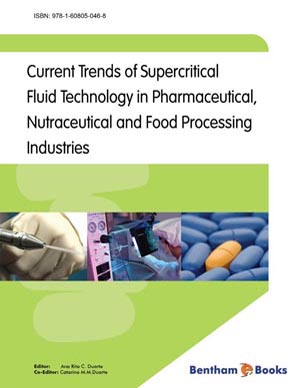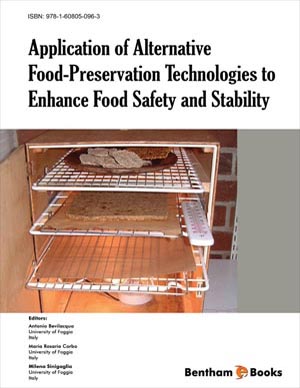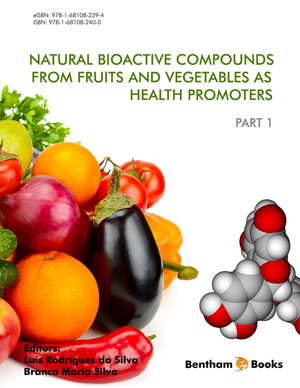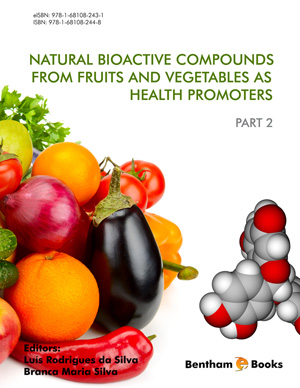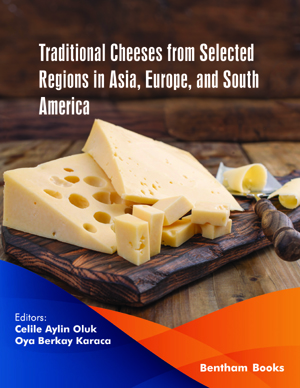Abstract
A recently developed continuous process entitled supercritical antisolvent fractionation is described for the fractionation of plant extract solutions using near-critical fluids to give two or more fractions containing bioactives with widely differing polarities. One fraction is insoluble in the near critical fluid and is precipitated by antisolvent behaviour, and the other fraction is soluble in the near-critical fluid and co-solvent, and is recovered by downstream pressure reduction. With two-stage pressure reduction, two fractions may be obtained. The extract solutions are obtained by the prior extraction of plant material using ethanol/water mixtures. The process has been tested on a wide variety of plant extract solutions, including those obtained from sage, olive leaf, hop marc, grape marc, black currant, propolis, Echinacea, St Johns Wort, and onion biomass. The key parameters controlling the process are the solvent composition, concentration of dissolved solids in the solution, flow rate ratio of solution to near-critical fluid, temperature and pressure. In general, the separation between highly polar bioactives, which are recovered in the insoluble fraction (raffinate); and low to medium polarity fractions, which are recovered in the extract fraction(s) is maximised at low soluble solids, water contents in the feed solution ≤ 30 % by mass, and flow rate ratios of feed to CO2 of ≤ 30 % when using CO2. The process is simple to scale up, and has been performed from a laboratory to demonstration scale for propolis tincture.


